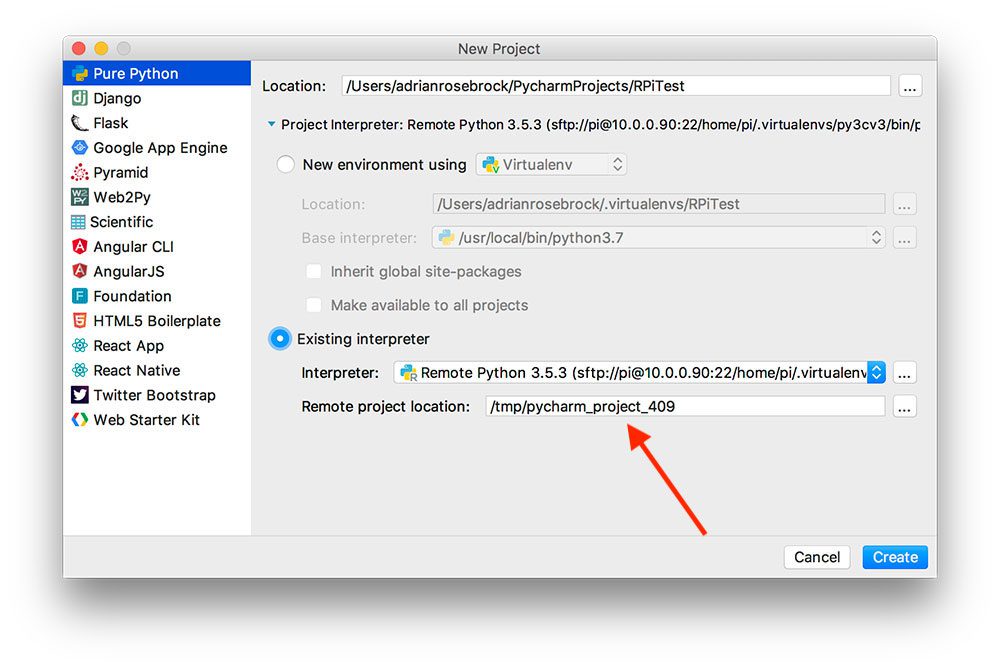
Once you create the remote interpreter for your project, the corresponding deployment configuration is created. Configure a remote interpreterĮnsure that you have SSH access to the remote machine.Īdd a new remote interpreter to the project as described in Configure an interpreter using SSH specifying the credentials to connect to the remote machine. In this example, the machine where you run your application is referenced as local, and the machine with the remote interpreter is referenced as remote. On the local machine, create a pure Python project, as described in the section Create a Python project.Īdd a Python file to this project ( Alt+Insert - Python File).Īdd the following code to the Python File:Ĭreating a deployment configuration for a remote interpreter Requirements: SSH access from the local machine to the remote server, access from the remote server to the local machine using any predefined port.īefore you start Complete the following preparation tasks: This might be helpful when you cannot explicitly run your application for debugging, or when some preparations tasks are required. Using the Python remote debug server configuration.Ĭase: Use this approach to integrate the debugging process into the series of running processes on the remote server.


Requirements: SSH access from the local machine to the remote server. P圜harm provides two ways to debug remotely:Ĭase: Use this approach to leverage extended debugging capabilities available on the remote machine. With P圜harm you can debug your application using an interpreter that is located on the other computer, for example, on a web server or dedicated test machine.


 0 kommentar(er)
0 kommentar(er)
